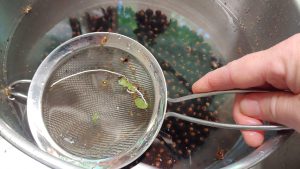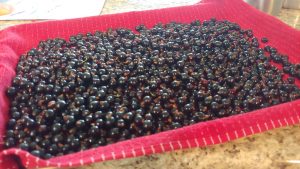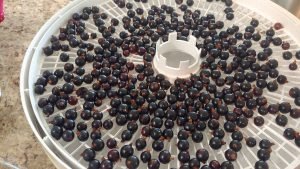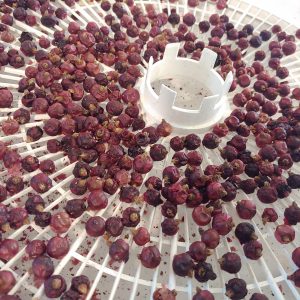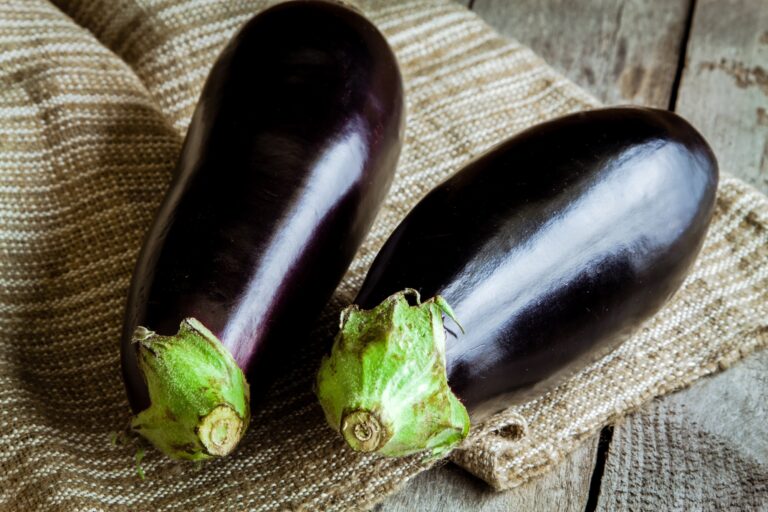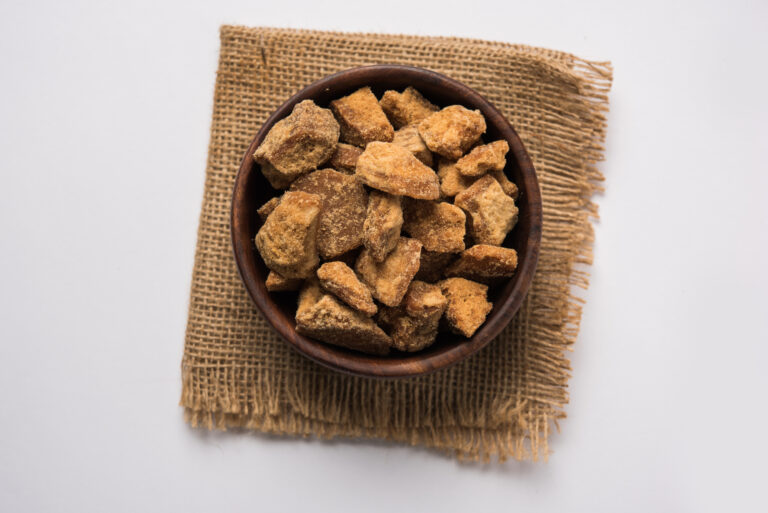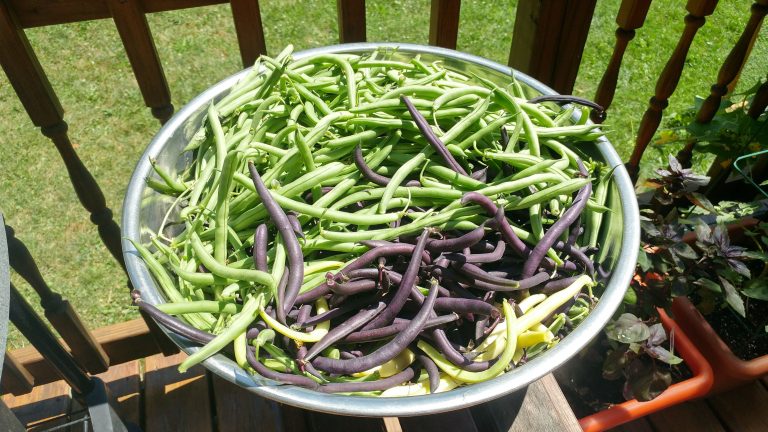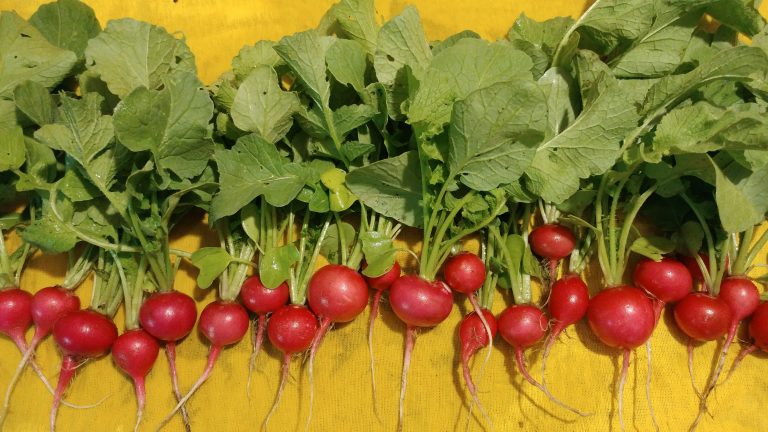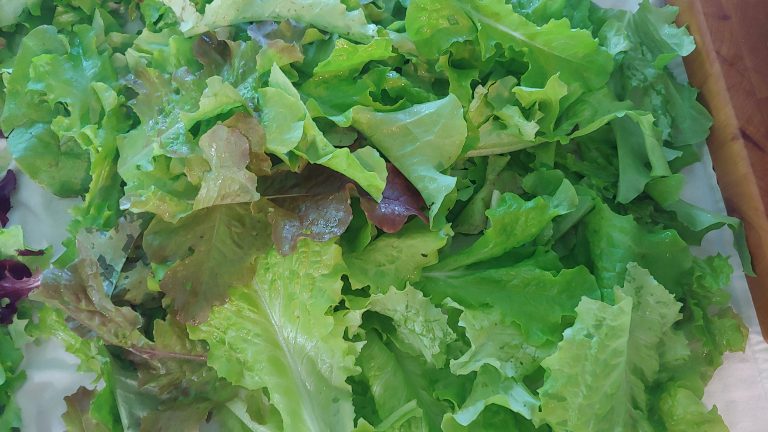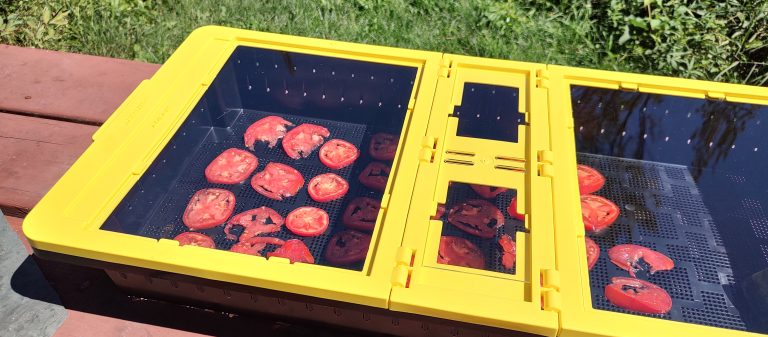This post may contain affiliate links.
Drying black currants is a great way to preserve this tart summer berry. Dried black currants can be used in sweet baking projects like scones or cookies. They can also be added to savory dishes like stuffing or rice.
Drying black currants at home is easy with a simple food dehydrator. Once dried, the currants will keep for months so that you can have them on hand for all sorts of cooking.
About Black Currants

Black currants are a shrub variety berry. They are ripe when the round berries have turned completely black and come off the stem easily when picking. These berries grow well in partially shaded areas.
Compared to their cousin the red currant, black currants have a deeper more pungent flavor. Some say drying them helps to focus on the sweetness while making them just a bit less tart.
Black currants offer a number of nutritional benefits, including antioxidants and free radicals. They have been shown to help boost the immune system, reduce inflammation, and even contribute to eye health (read more about related studies here).
Interestingly, black currants were at one time banned from the US because of a disease they carried that could be passed to pine trees. However, they have been safely re-introduced.
They are popular in Europe and parts of Asia where they are a common berry snack and ingredient in cooking, hence their common inclusion in things like scones!
Drying Black Currants
Step 1
Pick Black Currants when they are fully ripe and dry within 24 hours for best results.

Step 2
Rinse the currants by putting them in a bowl with cold water. Let leaves and other debris rise to the top, then scoop it off with a fine mesh sieve. You can also gently pour the water off to eliminate these unwanted parts.
Step 3
Strain the currants and place them on a tray on top of a towel. Gently shake the tray back and forth to move the currants over the towel to dry.
Optional Step: You can drop the berries into a pot of boiling water for 2 minutes to crack their skins and speed up the drying process. However, this step is not required.
Step 4
Place currants in a single layer on your dehydrator trays. Keep some space between the berries, so use two trays if needed.
Step 5
Set your dehydrator to the fruit and berry setting (typically around 115 degrees fahrenheit, but check instructions on your dehydrator for suggestions).
Try to check the berries after 12, 18, and 20-24 hours mark.
Step 6
Remove the berries from the dehydrator when dry. They should resemble raisins but may be a little more “crispy.” Be careful not to overdry too much.
Frequently Asked Questions
How to Store Your Dried Black Currents
Store dried currants in a sealed container and put them in the refrigerator or freezer to ensure any remaining moisture won’t cause mold growth.
What is the best way to dry black currants?
The easiest and simplest method to dry black currants is in a food dehydrator. While you can use a fancy dehydrator with many settings, we are just as happy with a simple, less expensive Nesco Dehydrator.
This method takes about 18-24 hours to dry the currants fully. When drying, you must take special care not to overdry them to a crispy state. Be sure to dry currants that are fully ripe and fresh for best results.
Please note that dried currants do not “rehydrate” like dried tomatoes or mushrooms might; instead you use them in their dehydrated state as an add-in for recipes just like you would with raisins or dates.
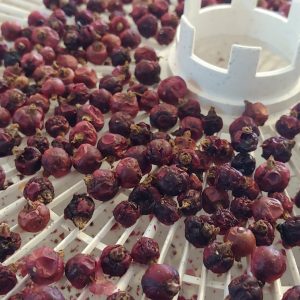
Dried (Dehydrated) Black Currants
Instructions
- Pick Black Currants when they are fully ripe and dry within 24 hours for best results.
- Rinse the currants by putting them in a bowl with cold water. Let leaves and other debri rise to the top then scoop it off with a fine mesh sieve or gently pour the water off to eliminate these unwated parts.
- Strain the currants and place them on a tray on top of a towel. Gently shake the tray back and forth to move the currants over the towel to dry.
- Optional: You can drop the berries into a pot of boiling water for 2 minutes to crack their skins and speed up the drying process.
- Place currants in a single layer on your dehydrator trays; I like to keep some space between the berries so be sure to use two trays if needed.
- Set your dehydrator to the fruit and berry setting (typically around 115 degrees fahrenheit, but check instructions on your dehydrator for suggestions). Try to check the berries after 12, 18, and 20-24 hours mark.
- Remove from dehydrator when dry. They should resemble raisins but may be a little more "crispy." Be careful not to overdry too much.
More Dehydration Tips and Methods:
Carrie Williams Howe is an educational leader by day and an aspiring homesteader by night and weekend. She lives on a small homestead in Vermont with her husband, two children, and a rambunctious border collie. She blogs about her family's homestead life at The Happy Hive.

